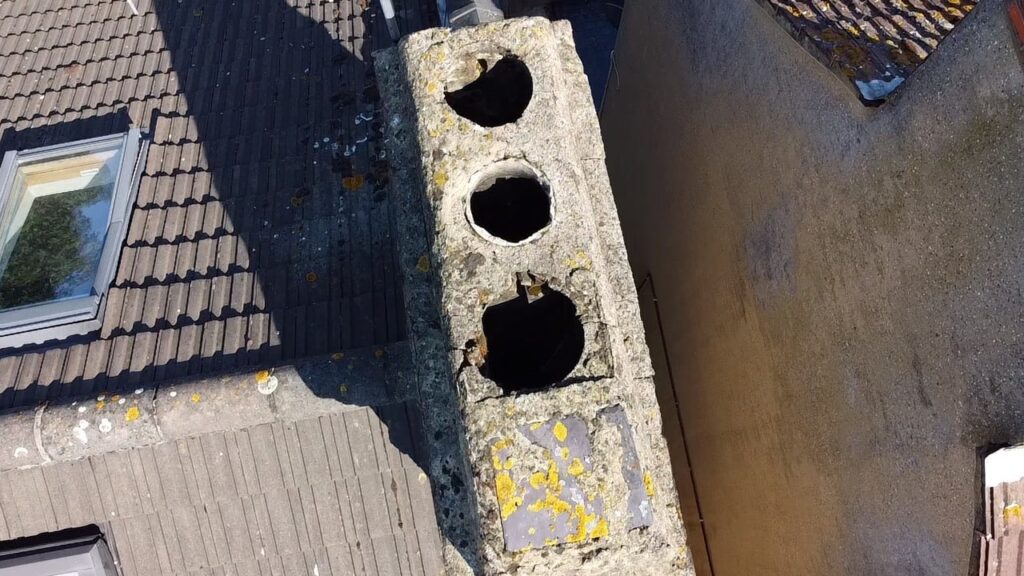
High-quality leather goods are built to last—whether it’s a sofa, car seat, handbag, or commercial seating. But even the best leather eventually shows wear: cracks appear, color fades, seams loosen, and scratches become impossible to ignore. When that happens, most people start searching locally for leather repair services, hoping to find someone who can restore their item without replacing it.
But not all repair technicians are the same. Leather restoration is a specialized craft that requires the right skills, materials, and experience. Before you hand over your furniture or handbag, use this guide to confidently choose a reliable leather repair professional.
Content
Start with Local Search, but Don’t Stop There
Many people begin by searching terms like “leather repair near me” or “leather couch repair.” Local listings are helpful, but proximity alone doesn’t guarantee expertise. Instead of picking the first result, look for businesses that clearly focus on leather—not general handymen or upholstery shops that list it as an extra service.
A professional should mention leather-specific techniques on their website or profile, such as color matching, filling surface damage, or repairing cracked coatings. If the listing only mentions cleaning or general upholstery, keep looking.
Review Before-and-After Photos
Quality leather repair is visual. A trustworthy technician will have clear before-and-after photos showing close detail—not just distant shots. Look for:
- Seam repairs that are invisible
- Color restoration that matches the original shade
- Blended edges without obvious paint lines
- Repairs where you cannot spot where the damage used to be
If a business shows no real photos or uses stock images, consider that a red flag.
Ask About Process and Materials
A reliable professional should be able to explain their process. Leather repair involves several stages: cleaning, surface preparation, repairing cracks or scratches, recoloring, and sealing. If someone claims they can fix damage with “just a quick spray of dye,” they are likely cutting corners.
Here are good screening questions:
- What products do you use?
- Do you recolor only the damaged area or blend into surrounding panels?
- Do you offer a warranty on the repair?
Professionals use commercial-grade leather coatings and dyes—not craft paint or household products.
Verify Expertise with Your Type of Leather
Leather comes in several finishes, including aniline, semi-aniline, protected/pigmented leather, suede, nubuck, and vinyl. Each responds differently to dyes, fillers, and cleaning solutions. Ask your technician to identify your leather type. If they can’t, they may not be experienced enough to handle the repair.
Don’t Choose Based on Price Alone
Good restoration is labor-intensive and involves high-quality materials. Extremely low pricing often means cheap coatings, shortcuts in preparation, or repairs that will crack or peel in a few months.
A skilled technician will charge based on time, not convenience.
Look for Clear and Professional Communication
Communication reveals how the technician handles business. Reliable providers:
- Respond quickly
- Provide written pricing
- Clarify expectations and results
Leather repair professionals know their craft and can explain what’s possible and what isn’t.
Conclusion
Choosing leather repair services in your area is not just about convenience—it’s about selecting someone who can preserve and restore the value of your leather item. Evaluate portfolios, ask questions, and focus on skill and craftsmanship. A quality repair will extend the life of your leather piece and keep it looking great for years to come.

Thomas is a home improvement blogger who strives to improve his life and the lives of others. He provides homeowners with helpful tips on how to renovate their homes. His goal is not only to provide easy-to-follow instructions, but also share his own personal experiences for those seeking guidance.




